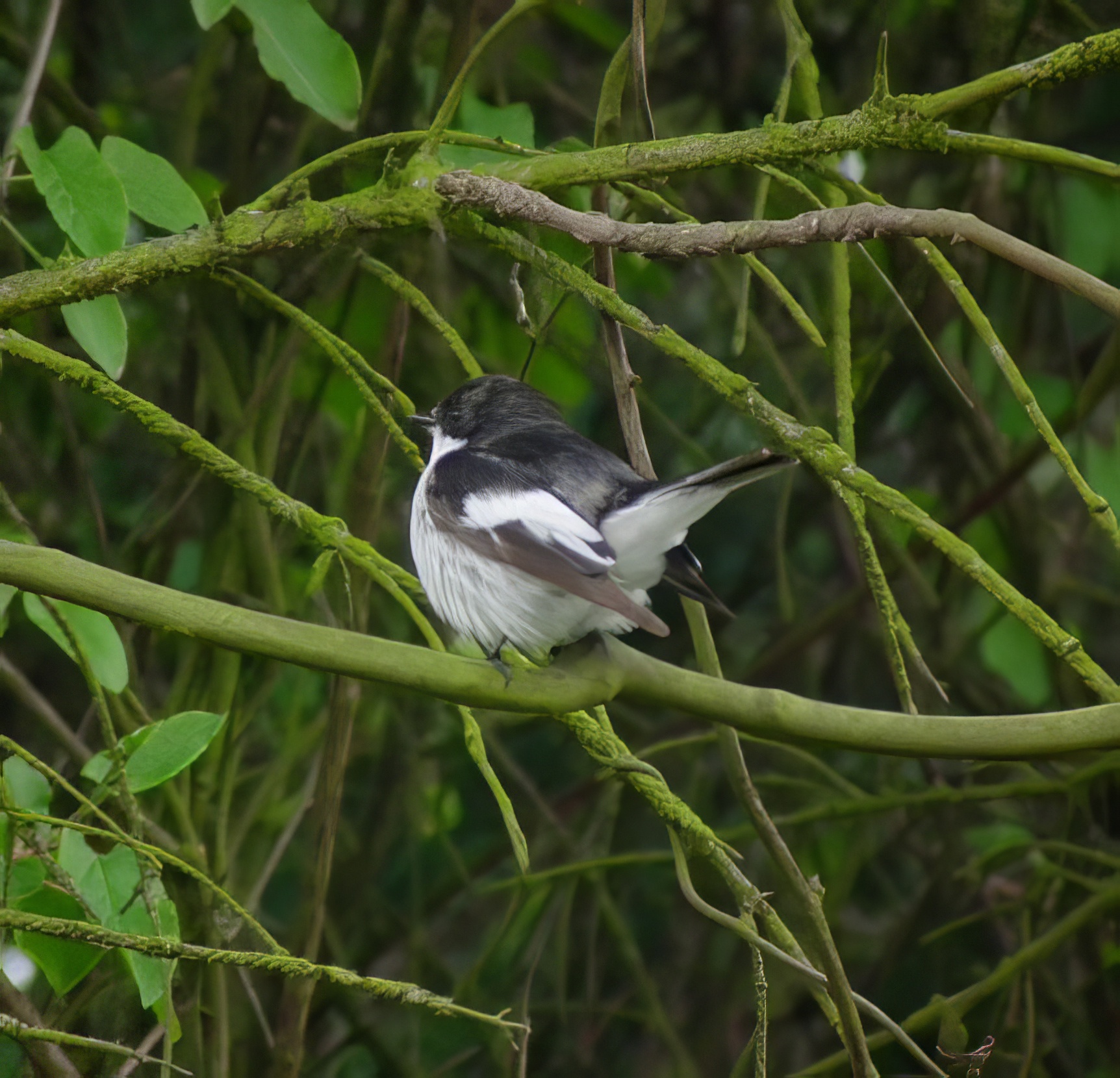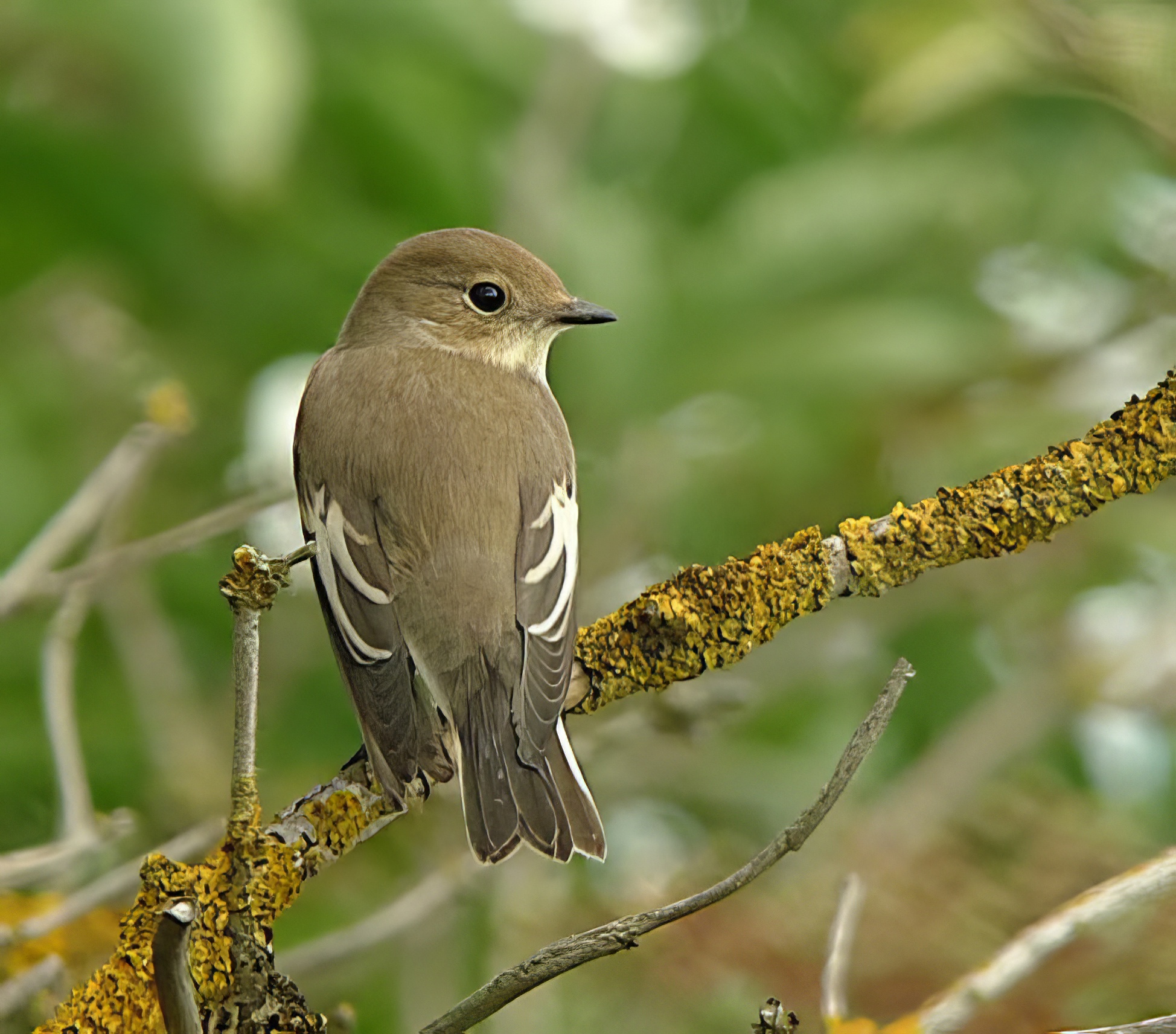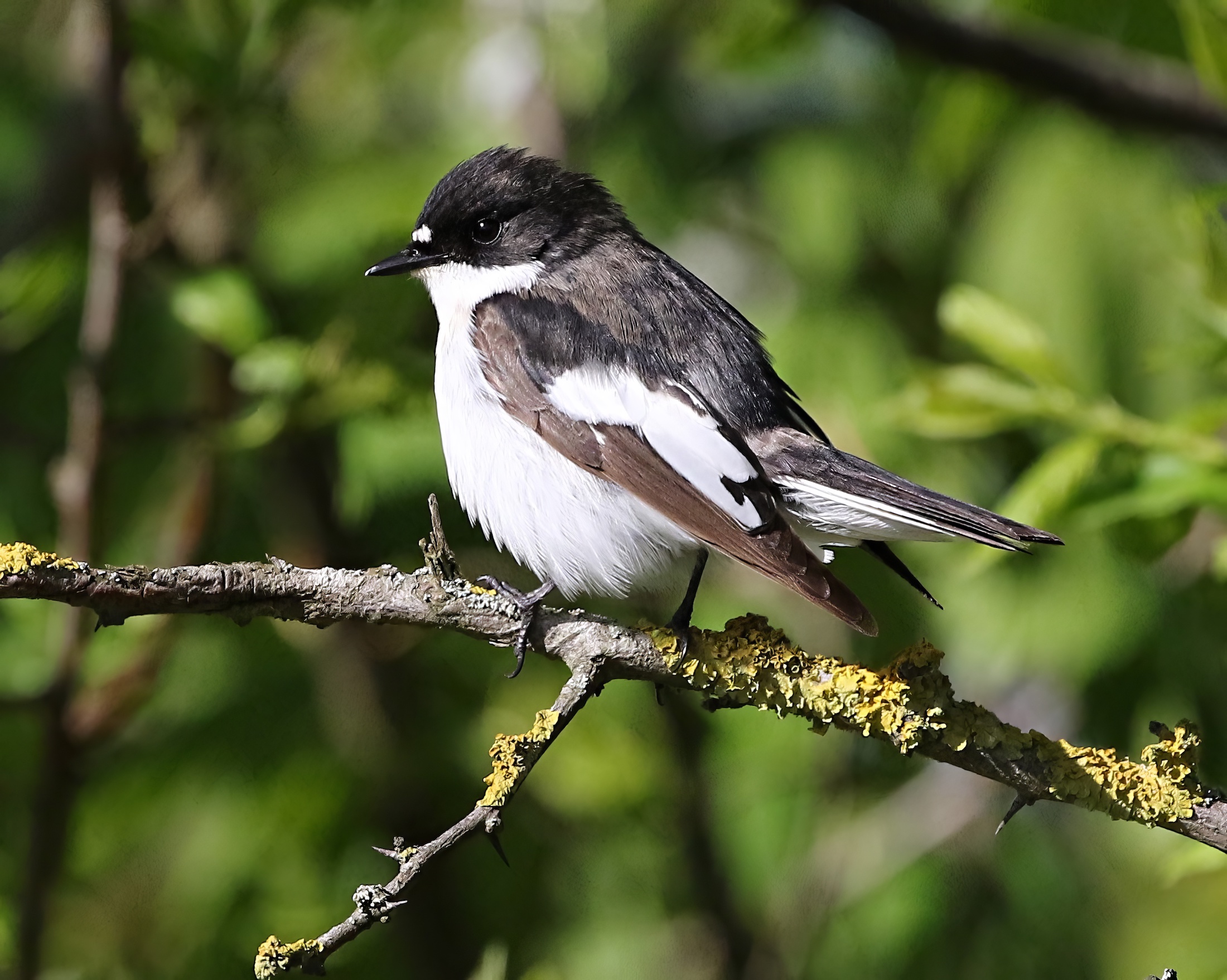Pied Flycatcher Ficedula hypoleuca
Scarce passage migrant, mainly coastal; very scarce in spring and scarce in autumn.



Lorand and Atkin (1989) reported that Pied Flycatcher had bred in the western side of the county five times between 1871 and 1901 at locations ranging from Haverholme near Sleaford in the south to Normanby near Scunthorpe in the north. There has been no evidence of breeding since. As a passage migrant Pied Flycatcher is usually very scarce in spring and the four years to 2017 lived up to that with none in 2014 and five birds in 2017. Spring 2018 was exceptional with up to 5 at Gibraltar Point on April 29th (one female, four males) rising to 12 birds (three females, nine males) on May 1st with further singles in late May and four birds elsewhere in the county. Autumn passage is usually busier and based on maximum site counts ranged from three in 2017 to 43 at Gibraltar Point on August 24th, 2015. During that last week of August 2015 there were a further 70 or so birds in the county making it the best autumn passage for many years. The Atlas suggests that in the past there had been falls of birds of up to 200 at a single site but there had been nothing recorded like that since before 1979 at least.
(Account as per new Birds of Lincolnshire (2021), included December 2022)
